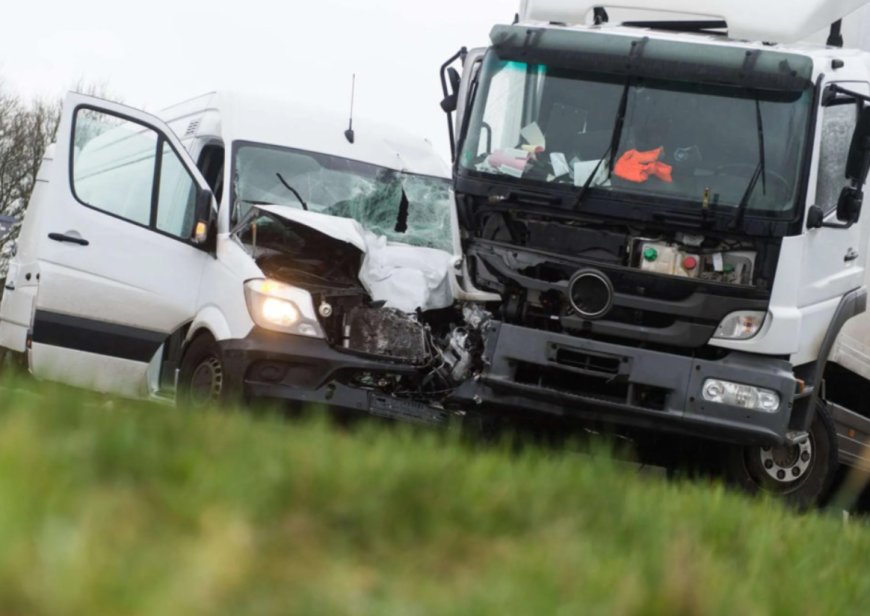How to Prove Fault in a Trucking Accident: Key Evidence to Collect

Trucking accidents often result in severe injuries due to the size and weight of commercial trucks. When these accidents occur, proving fault is critical to securing compensation for the victims. However, determining fault in trucking accidents is often complex and requires gathering various forms of evidence. This blog outlines the key types of evidence that can help prove fault in a trucking accident.
Black Box Data
Most commercial trucks are equipped with event data recorders (EDRs), also known as black boxes. These devices collect and store data related to the truck’s operation, including:
- Speed: Data on how fast the truck was traveling at the time of the accident can indicate whether the driver was speeding or driving recklessly.
- Braking: The black box can show if and when the brakes were applied, which may be crucial in determining whether the driver attempted to avoid the crash.
- Driver Hours: Logs from the black box can indicate if the driver violated federal regulations related to hours of service, which limit how long a driver can operate a truck without rest.
For more on handling evidence in trucking accidents, you can explore How to Choose the Best Truck Accident Law Firm.
Driver Logs and Maintenance Records
Federal regulations require trucking companies to maintain comprehensive driver logs and vehicle maintenance records. These records are critical in determining fault, especially if:
- Driver Fatigue: Driver logs can indicate whether the driver exceeded the federal hours of service limit, which often contributes to accidents.
- Maintenance Issues: Vehicle maintenance records can reveal whether the truck was properly maintained or if mechanical failures, such as brake malfunctions, contributed to the crash.
Eyewitness Testimony and Expert Analysis
Eyewitness accounts from bystanders or other drivers involved in the accident can provide valuable insight into how the crash occurred. Additionally, accident reconstruction experts can analyze the evidence to recreate the accident and help establish fault.
For more on how to approach accident claims involving evidence and experts, see Maximizing Compensation in Personal Injury Cases.
Surveillance Footage
Surveillance footage from nearby businesses, traffic cameras, or even dashcams can provide a visual record of the moments leading up to and during the crash. It’s important to act quickly to obtain this footage, as many recordings are automatically erased after a short period.
Conclusion
Proving fault in a trucking accident requires a thorough investigation and the collection of key evidence, including black box data, driver logs, and eyewitness testimony. Working with an experienced trucking accident lawyer ensures that all necessary evidence is gathered, preserved, and presented effectively to build a strong case.
For additional resources on how fault is proven in legal claims, consider reading this article on personal injury lawyers.
What's Your Reaction?























